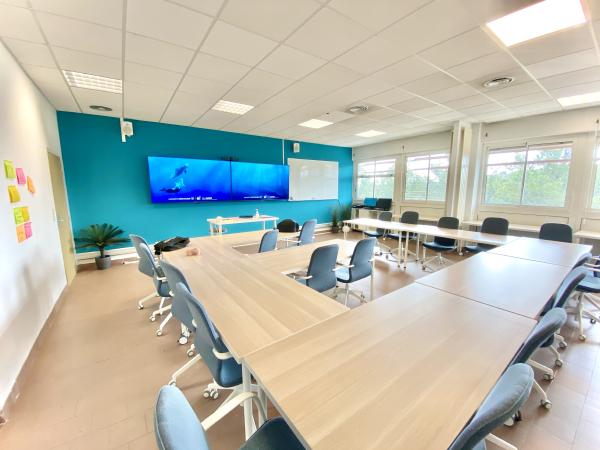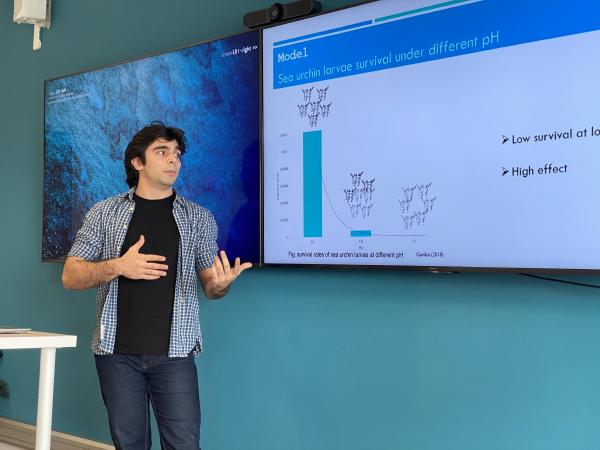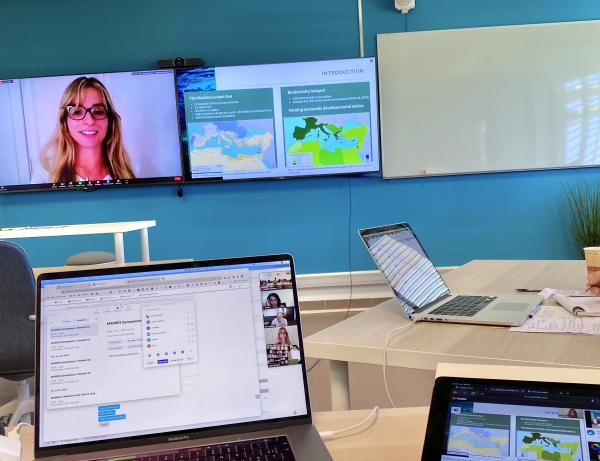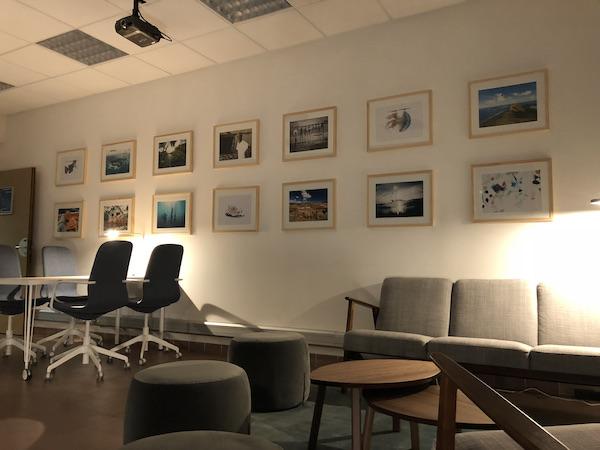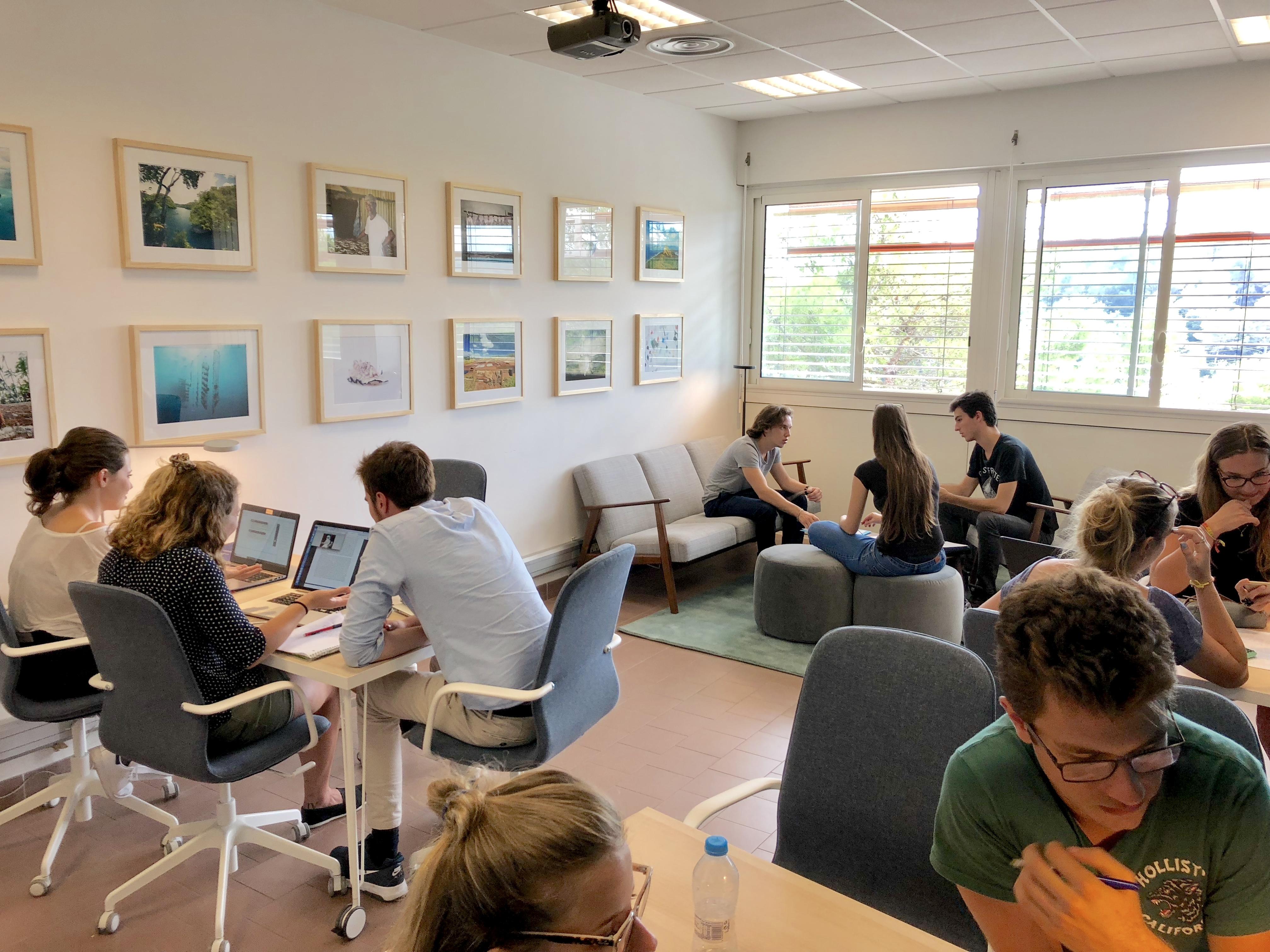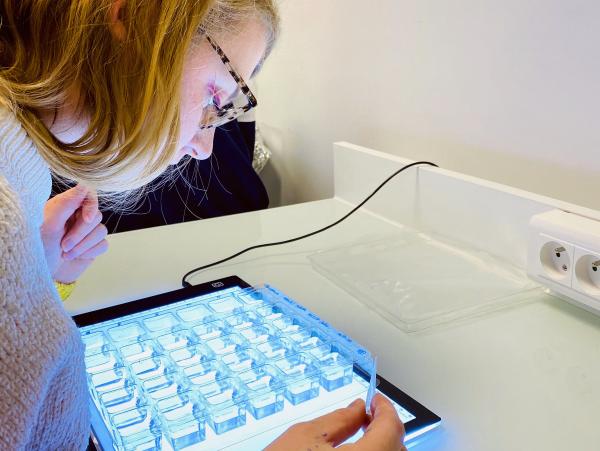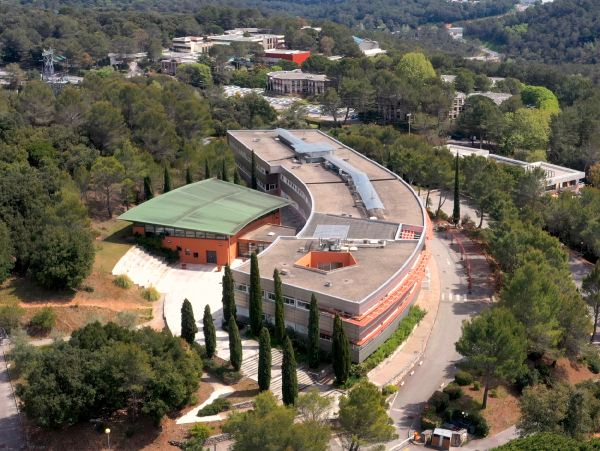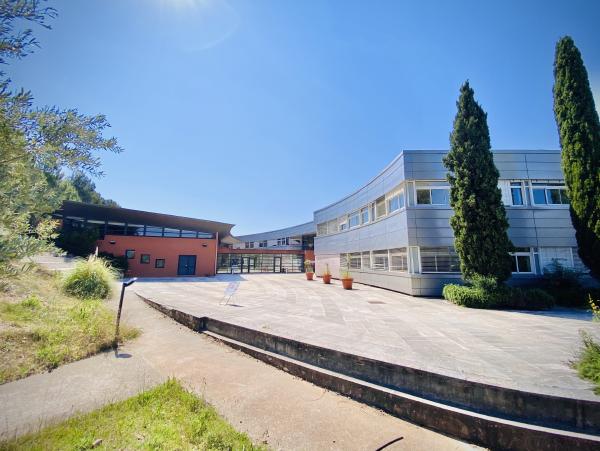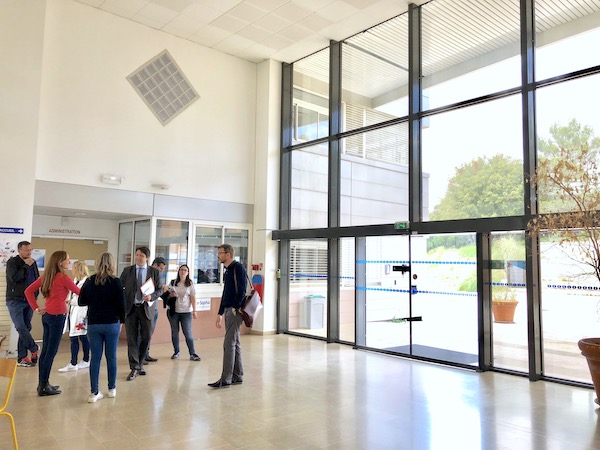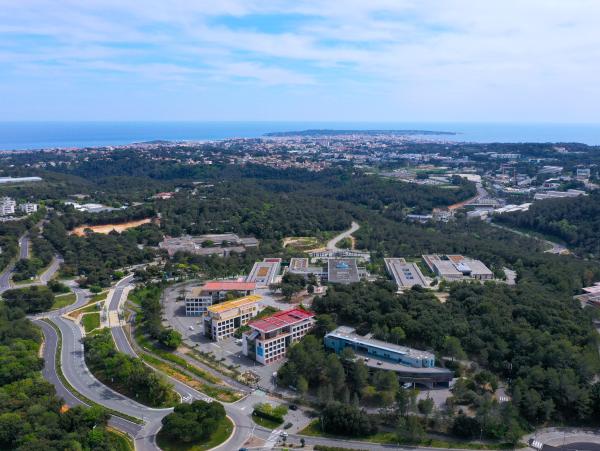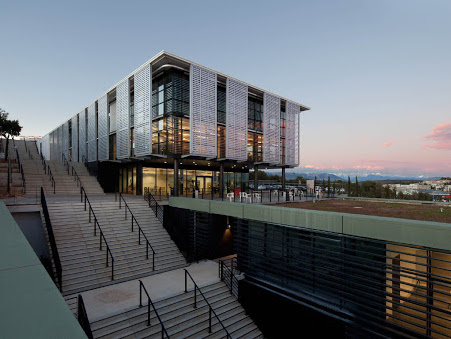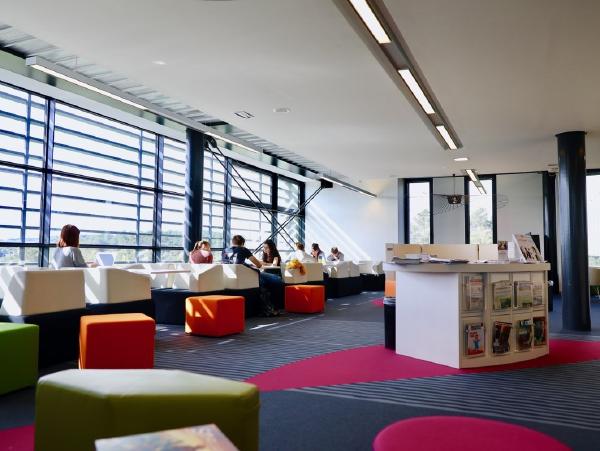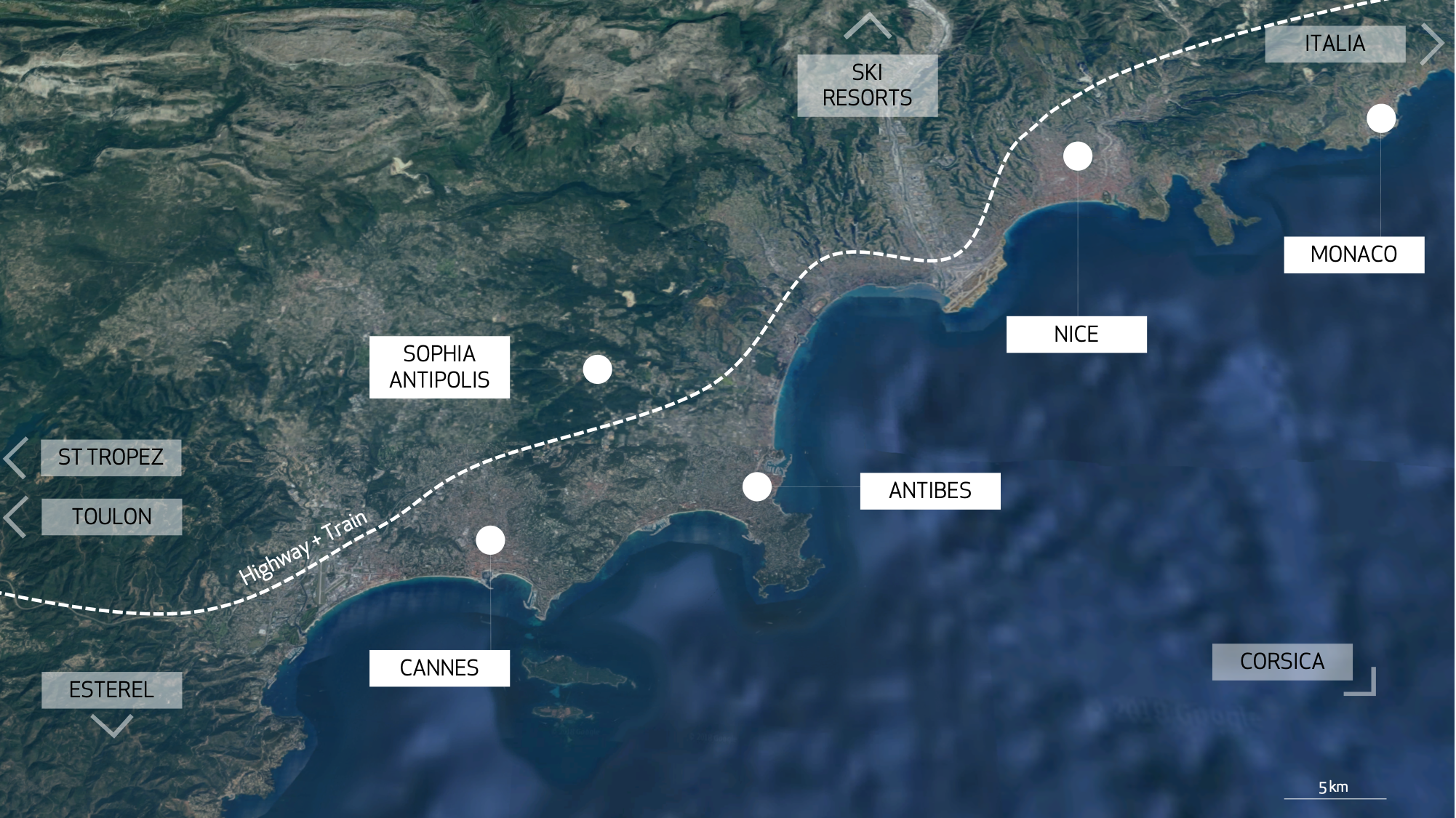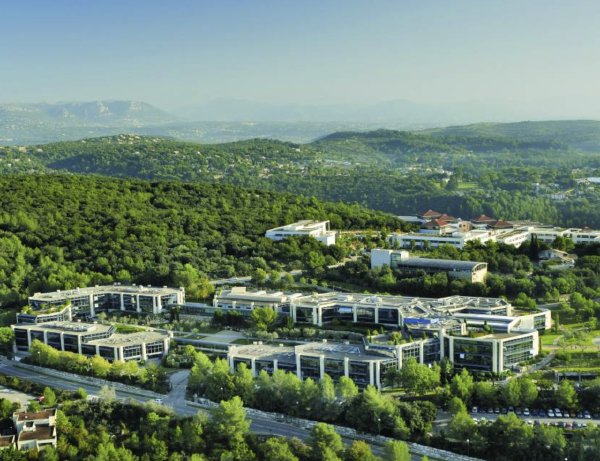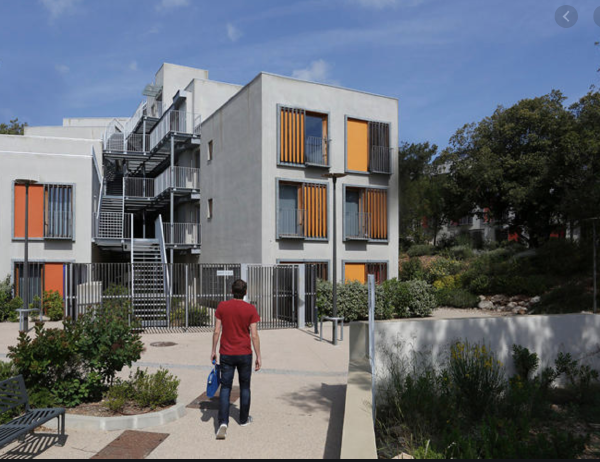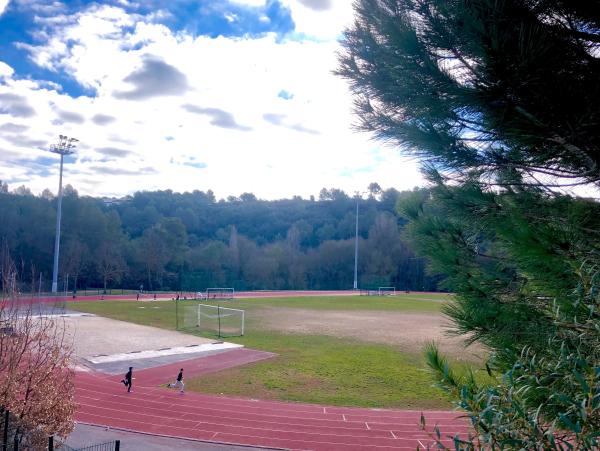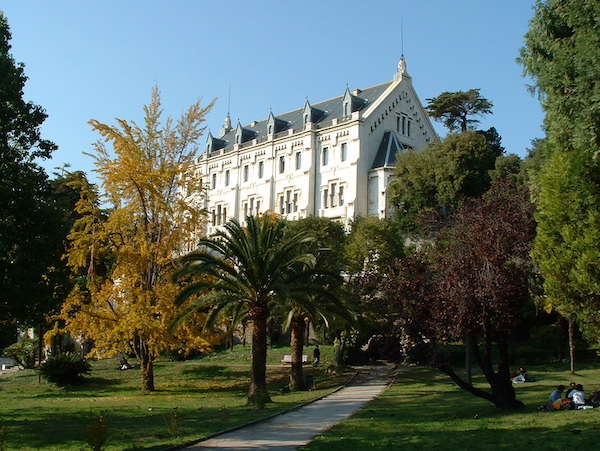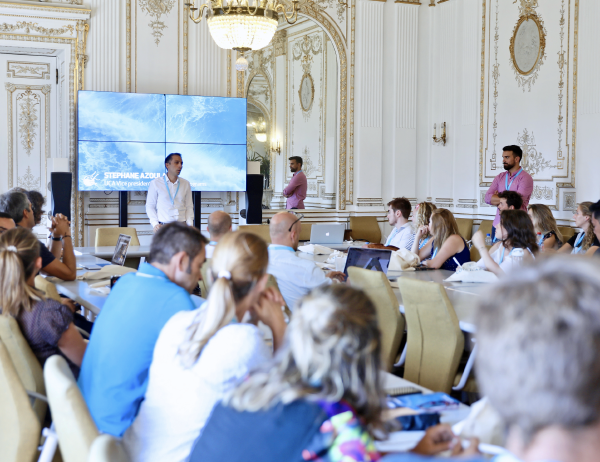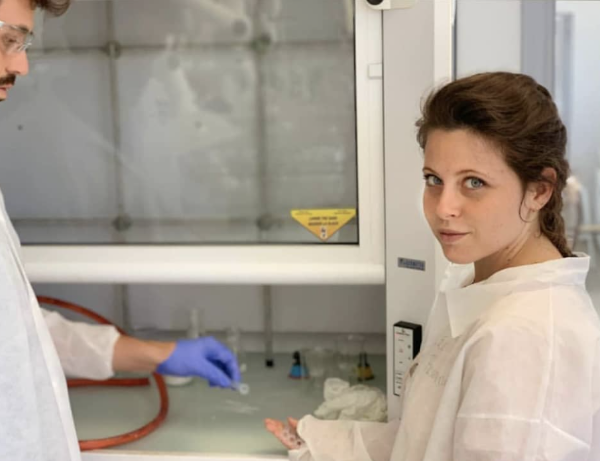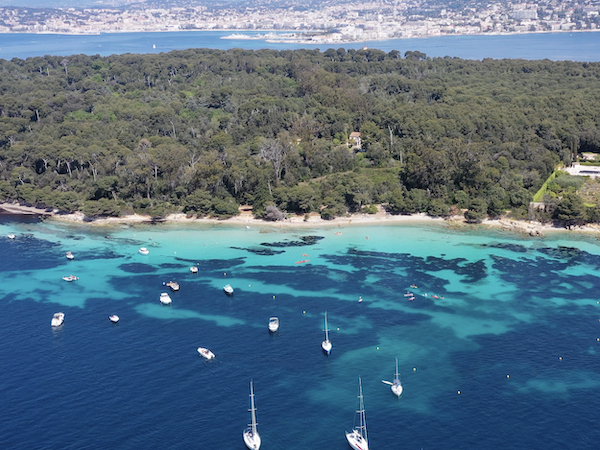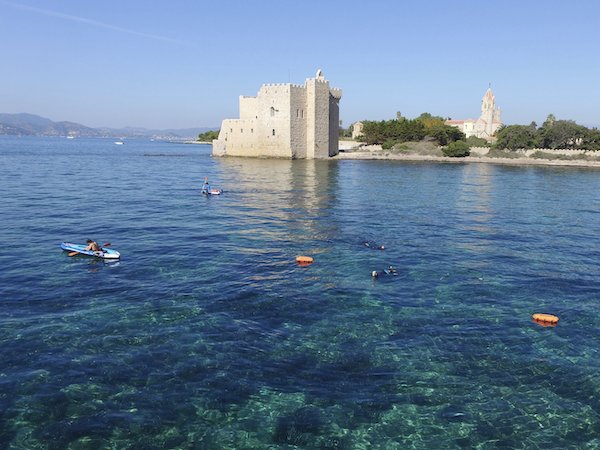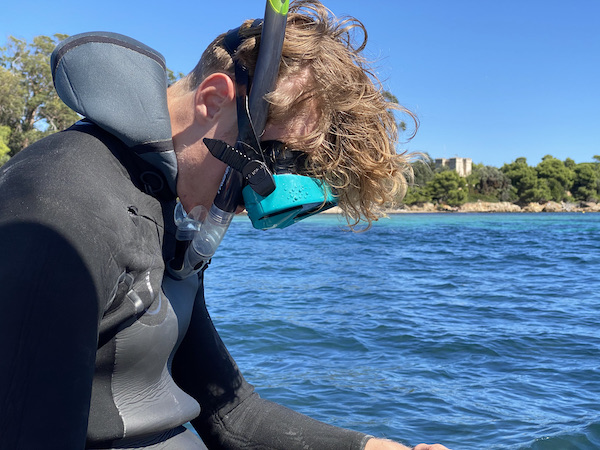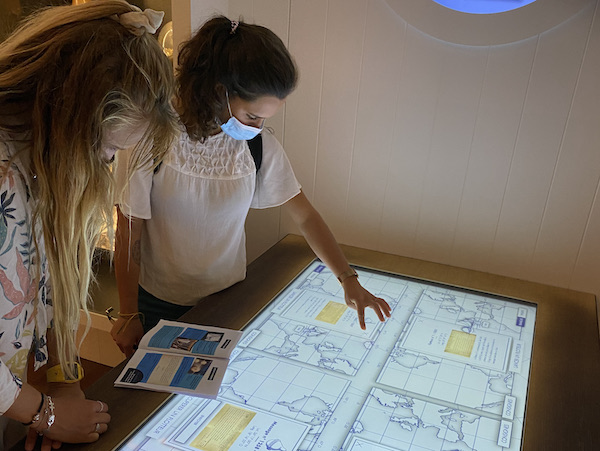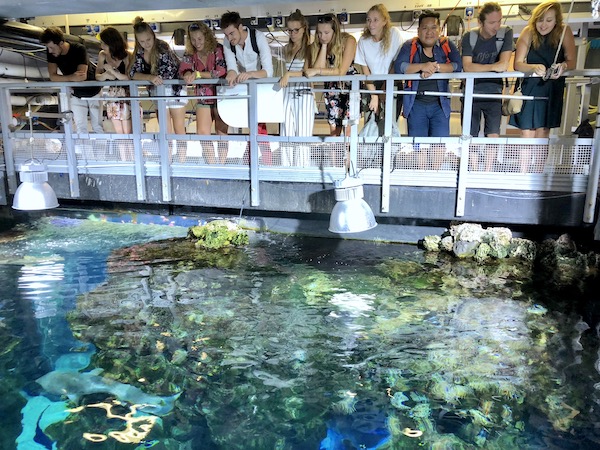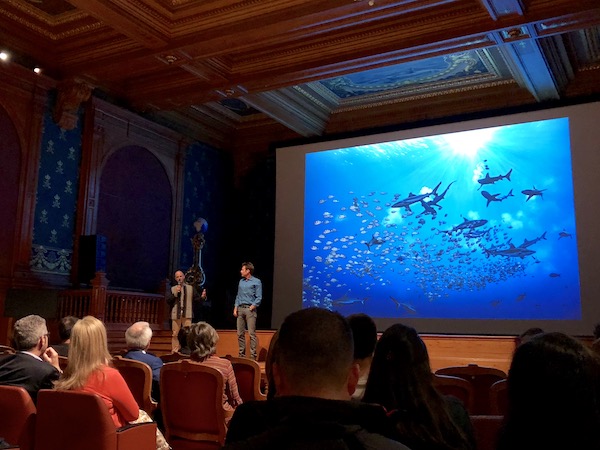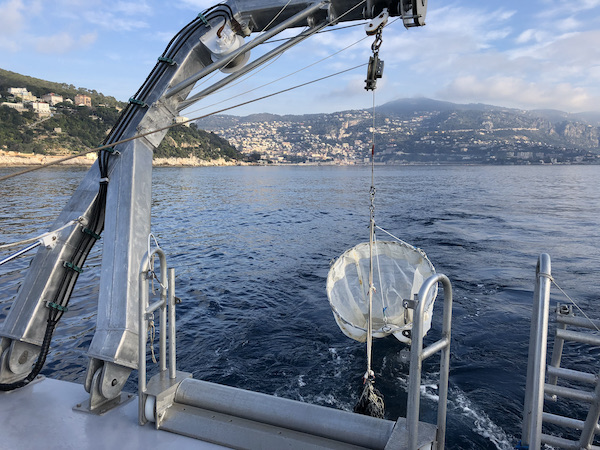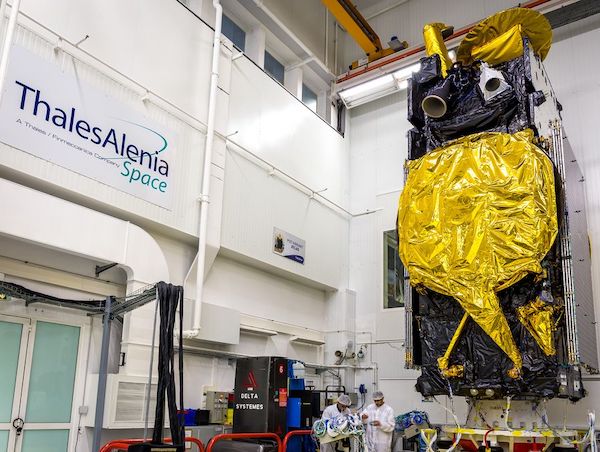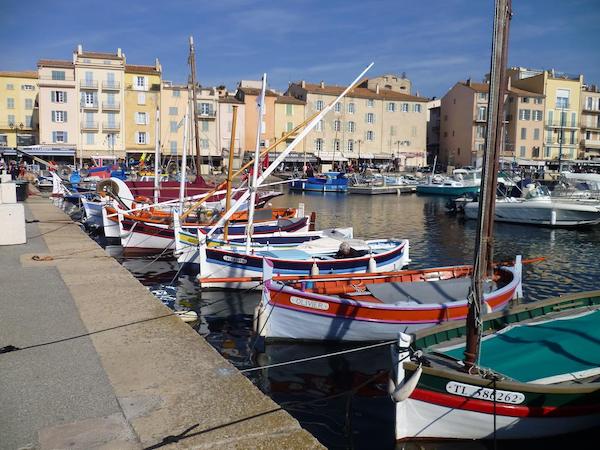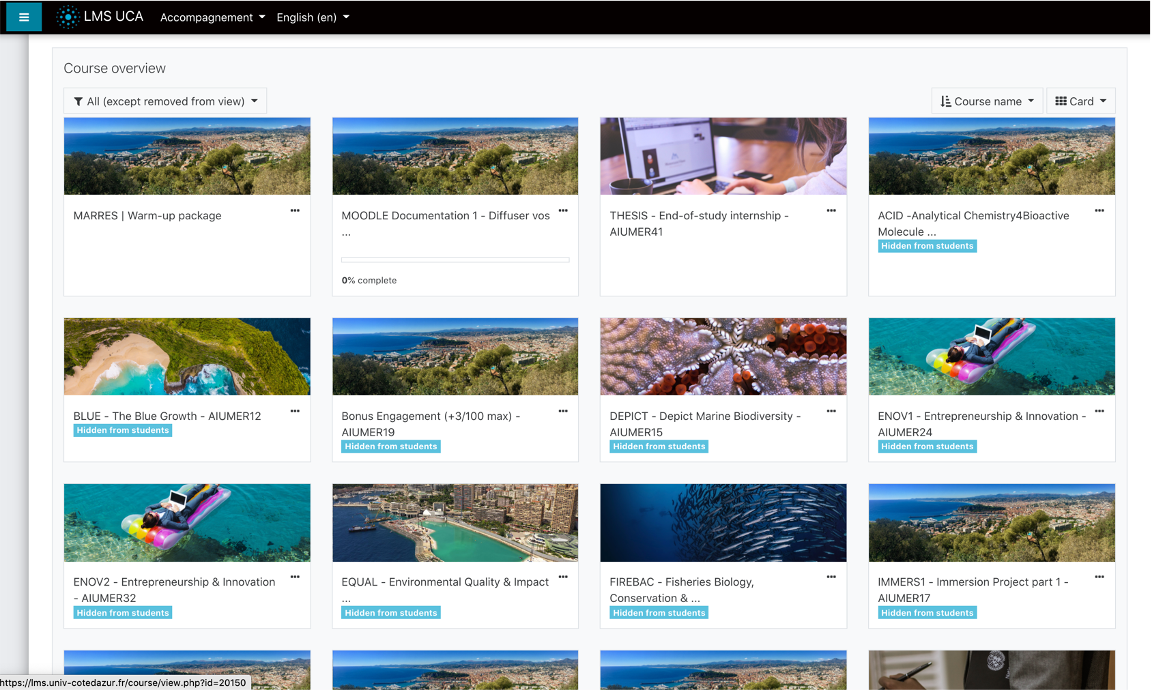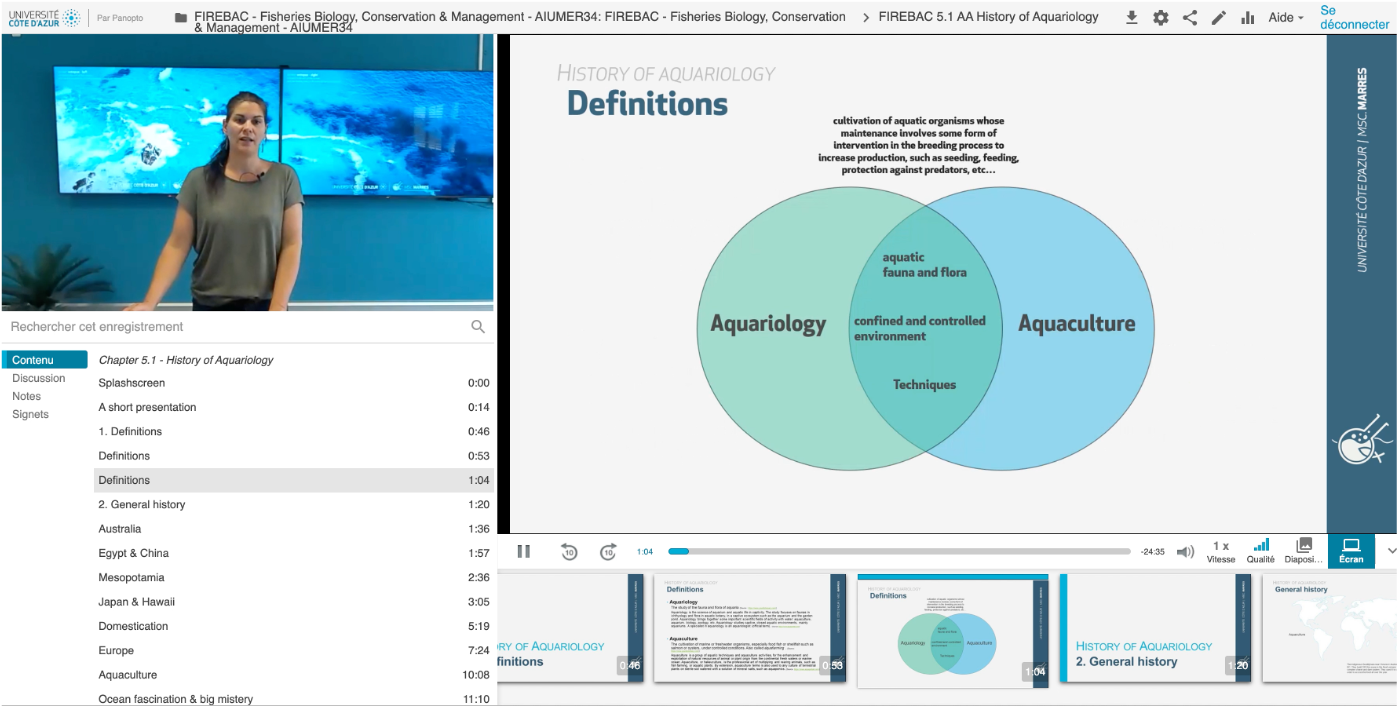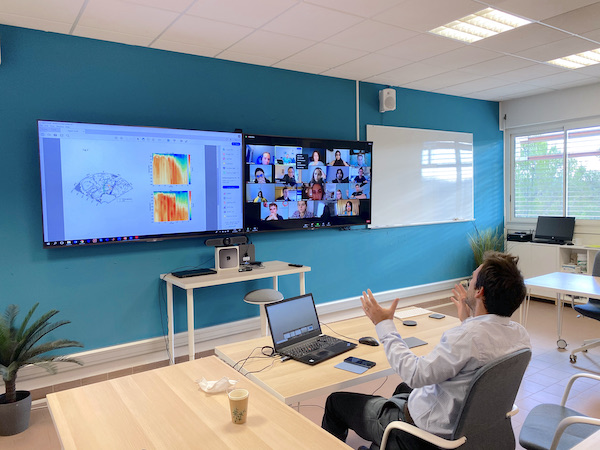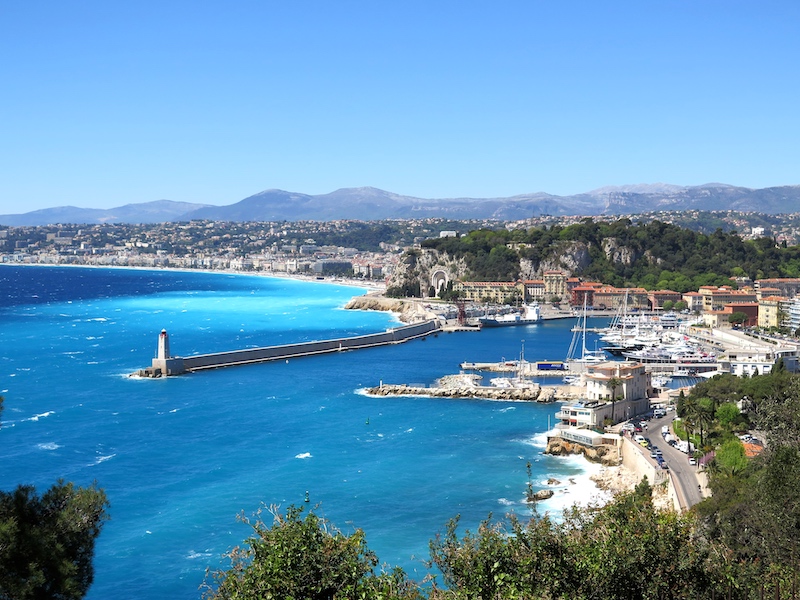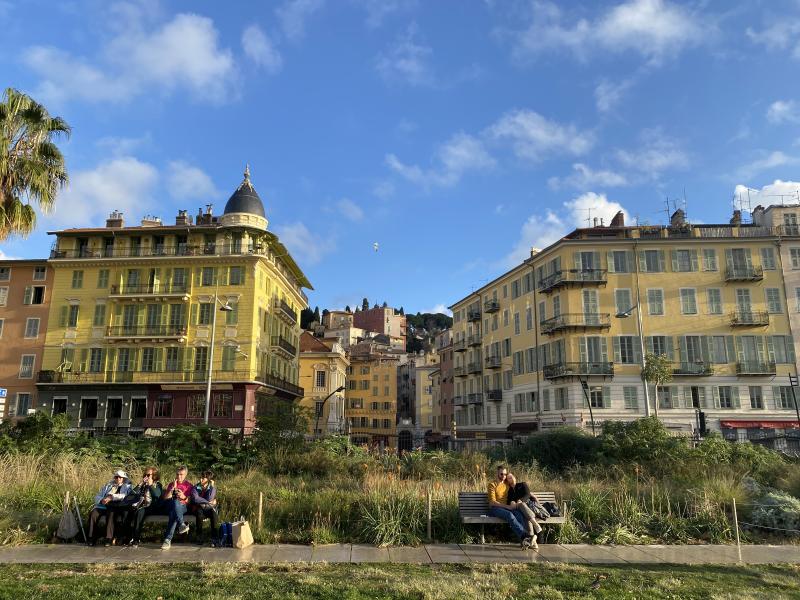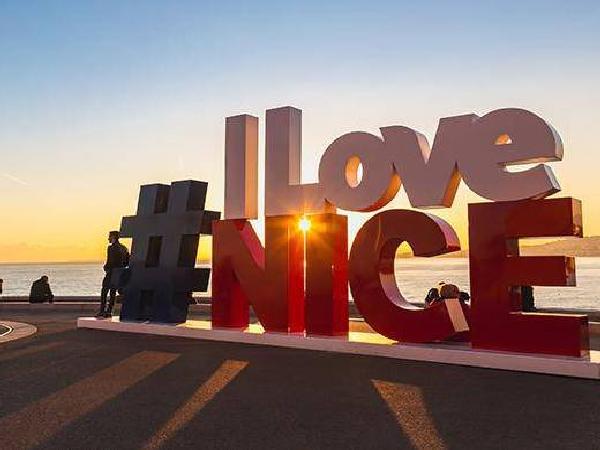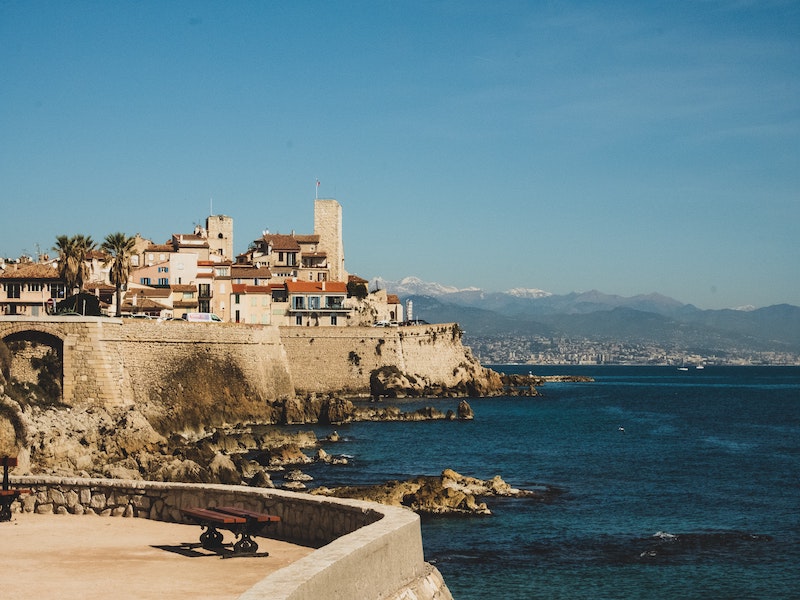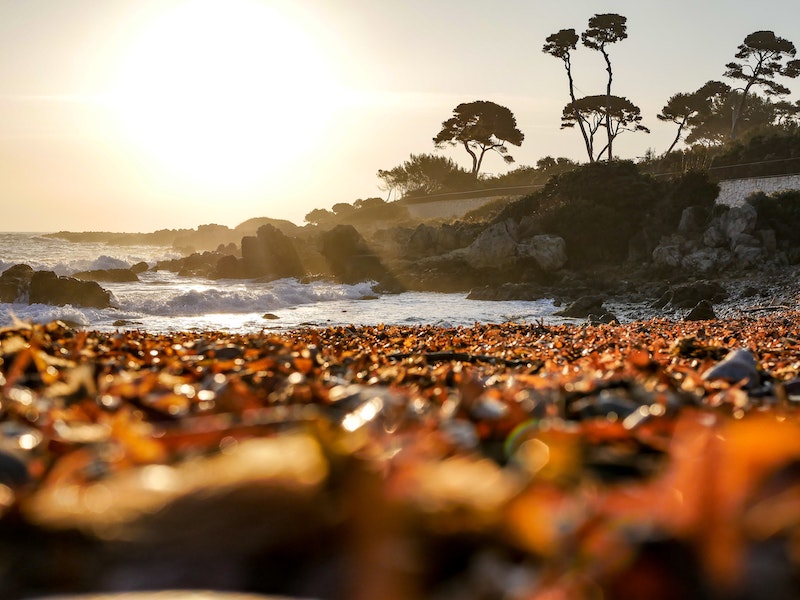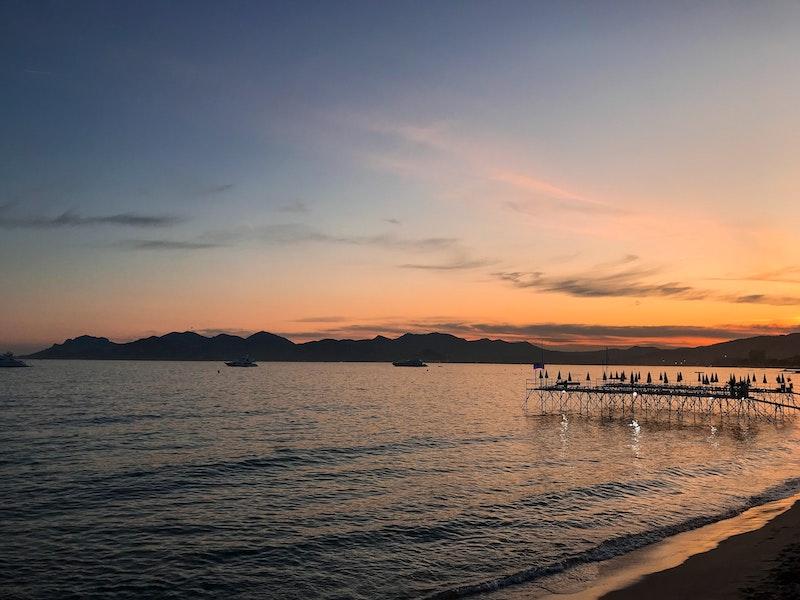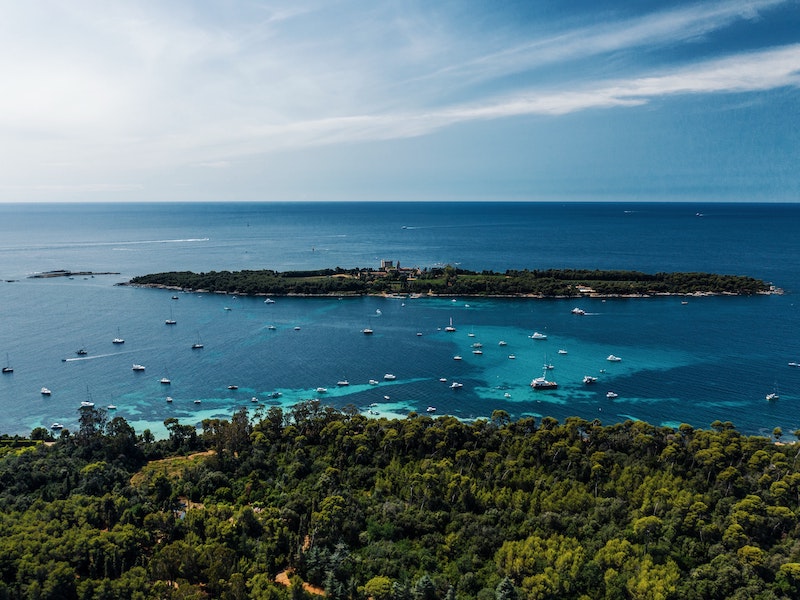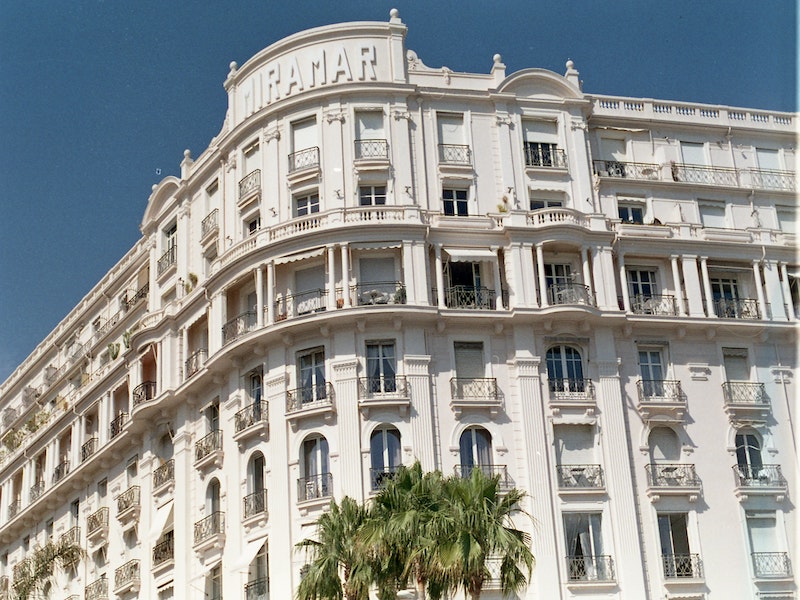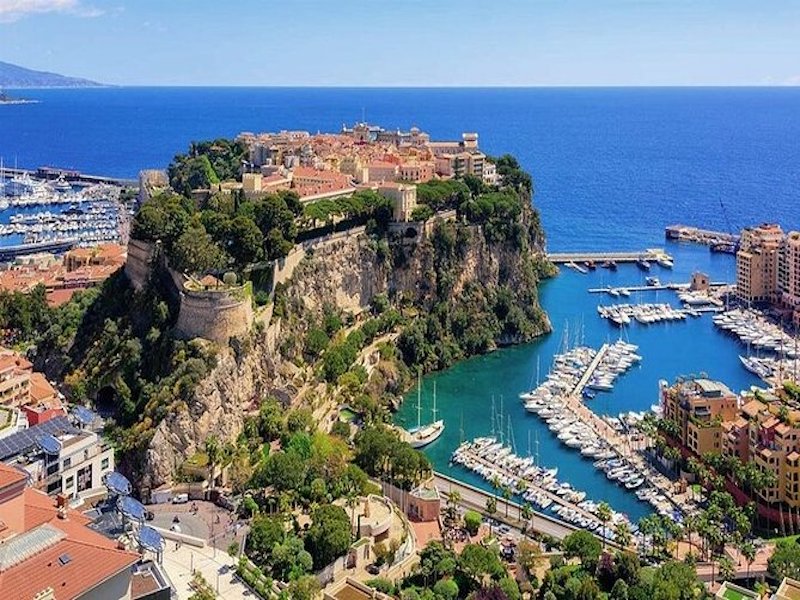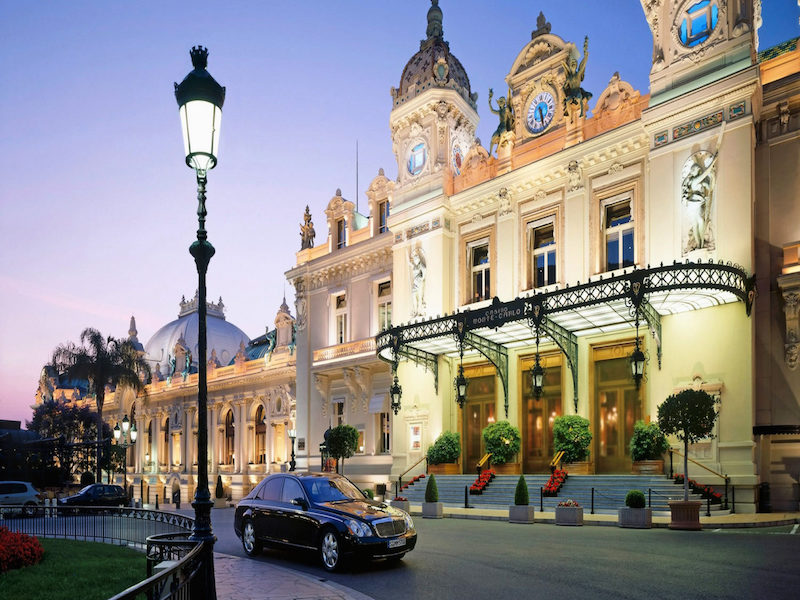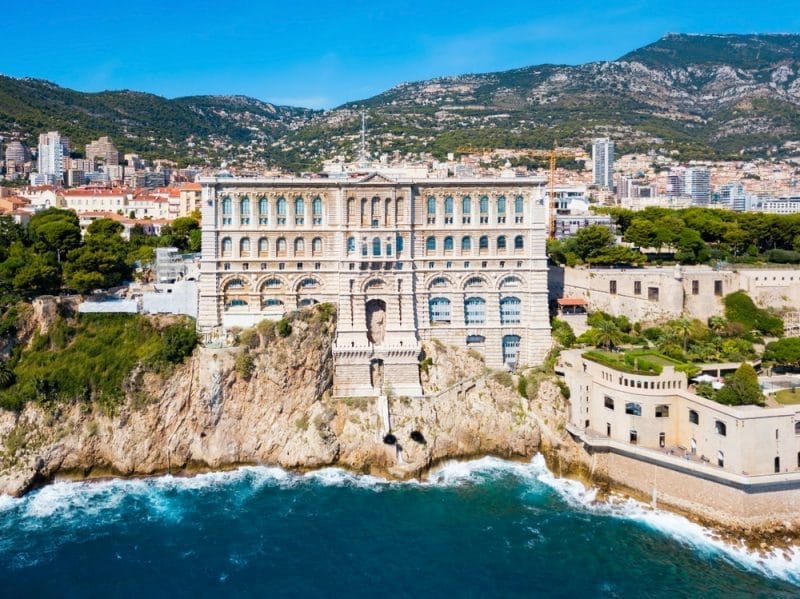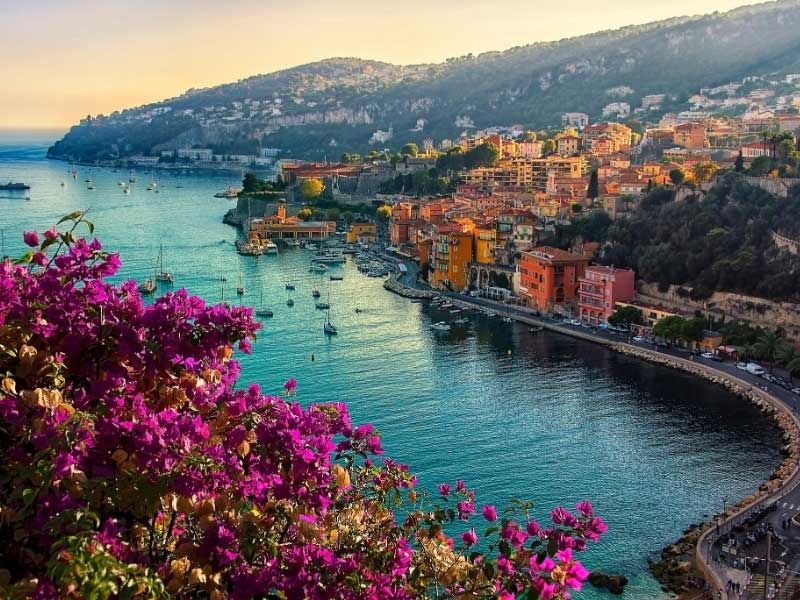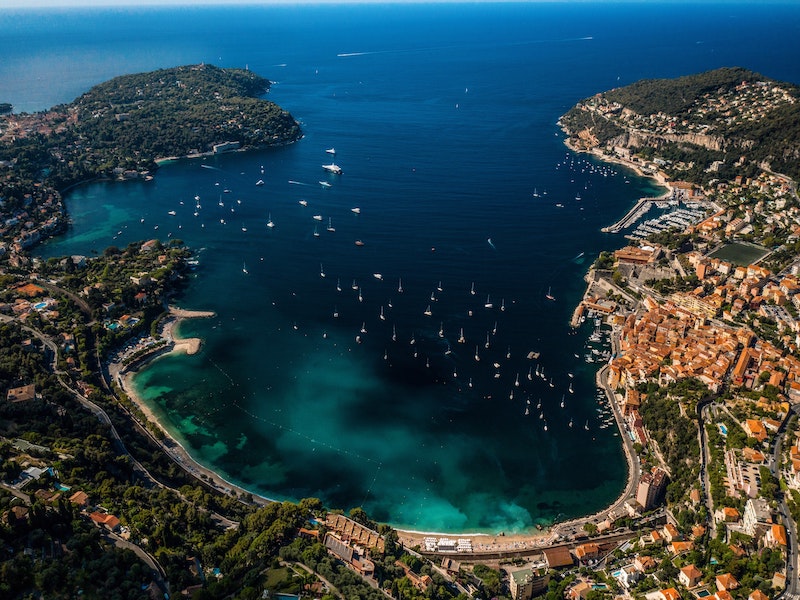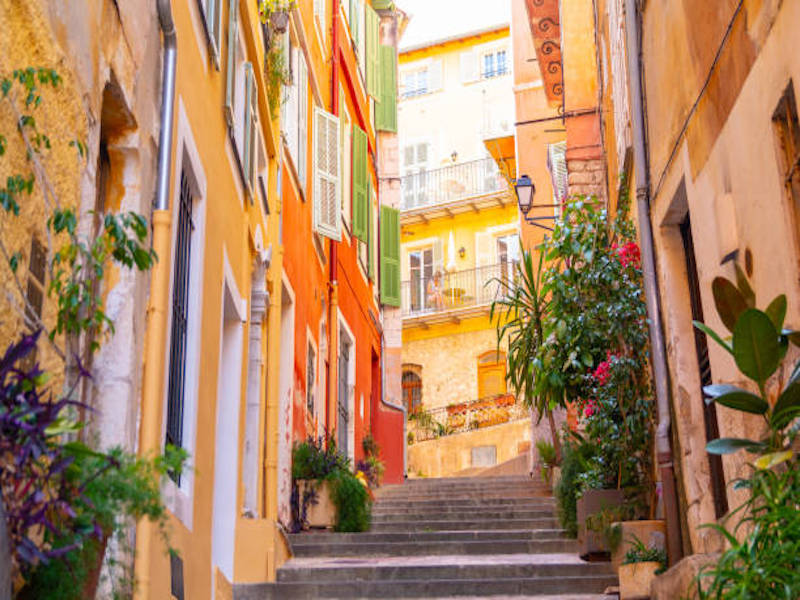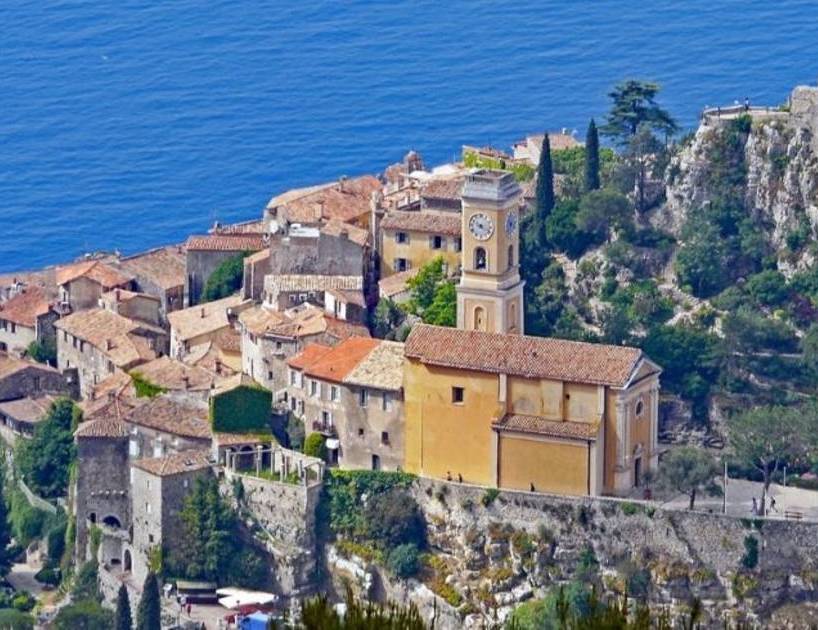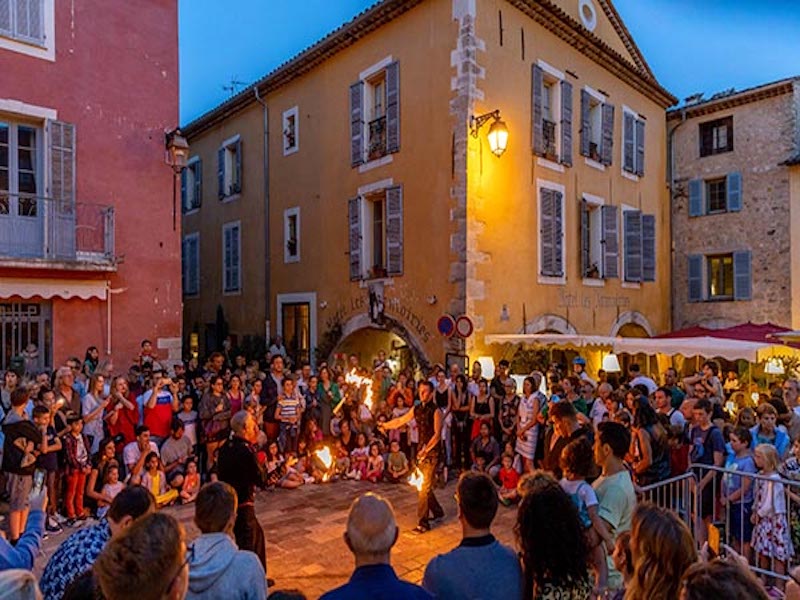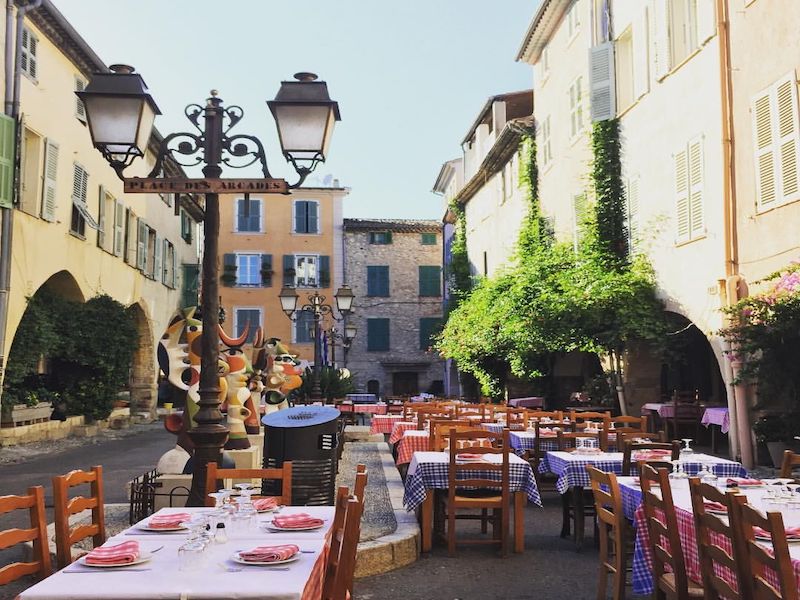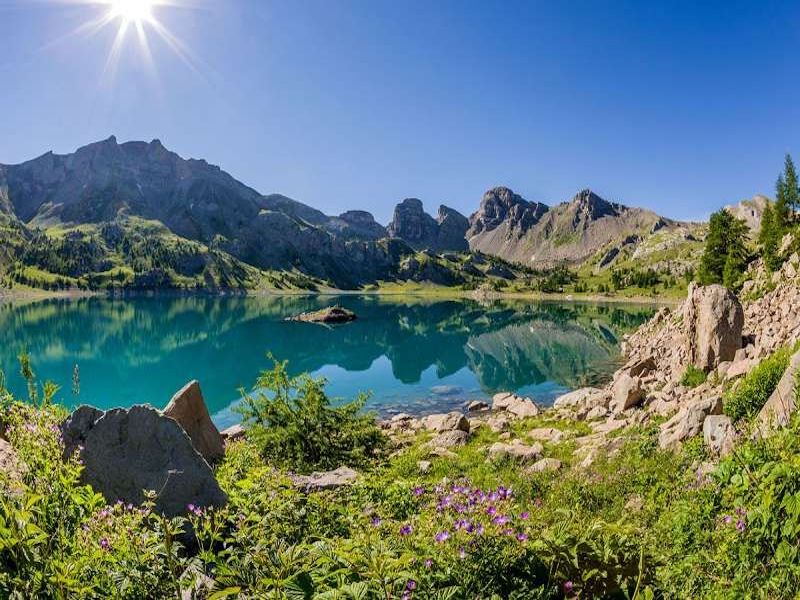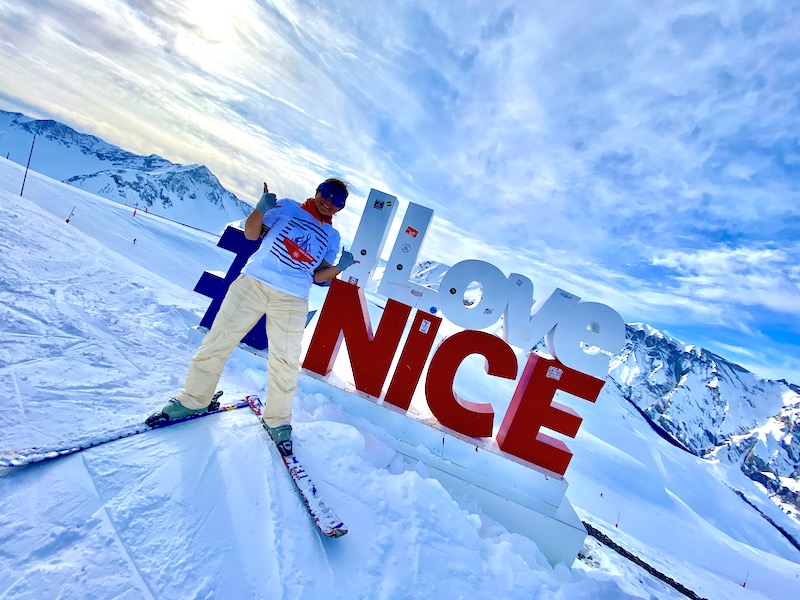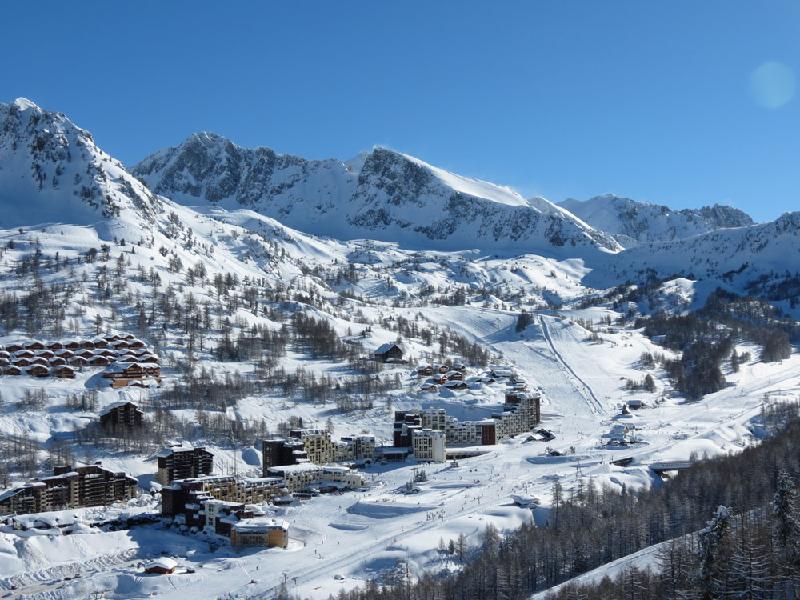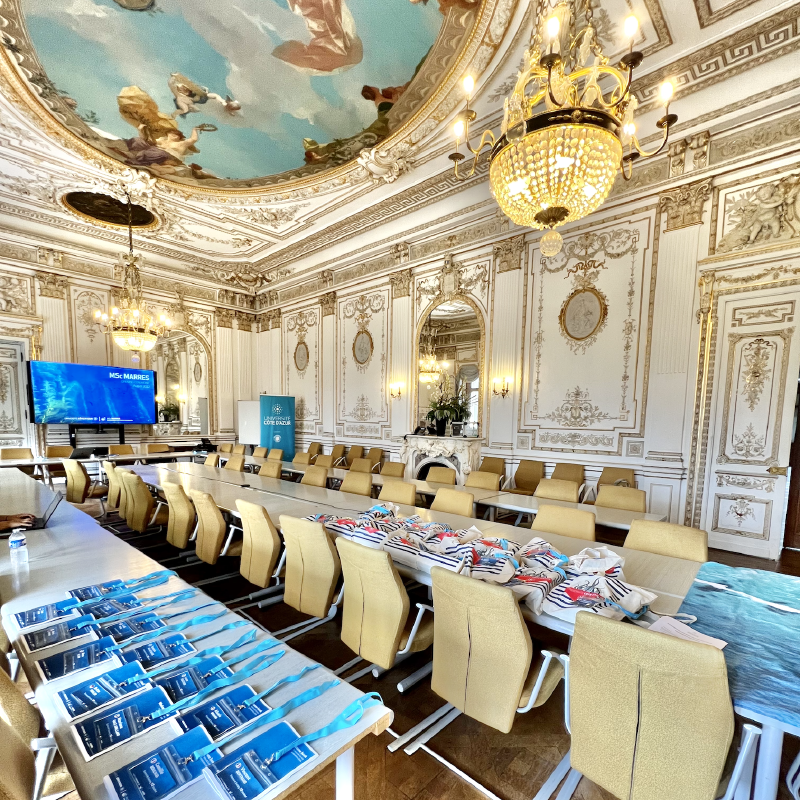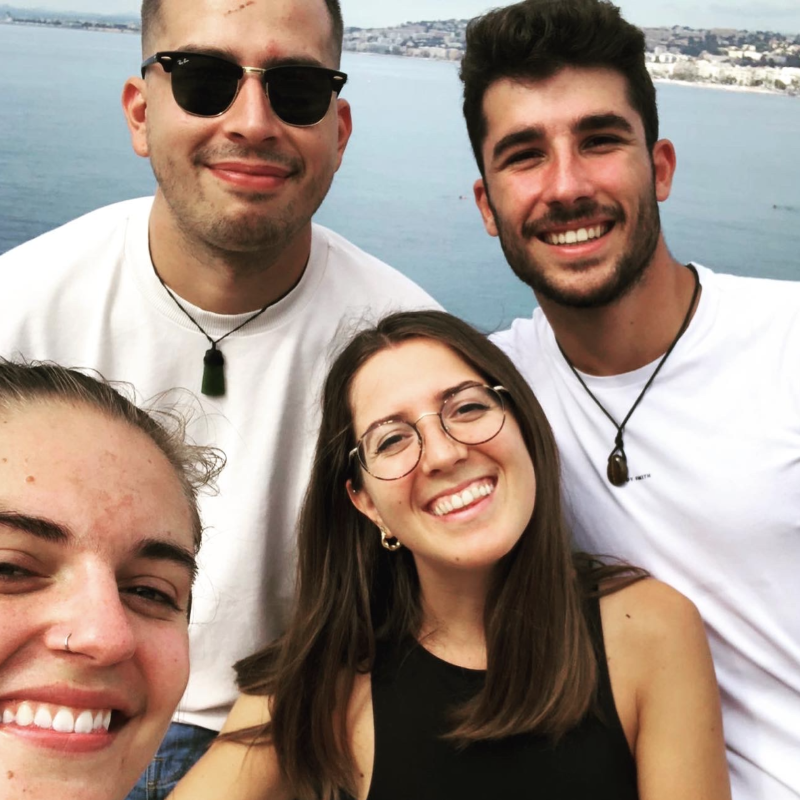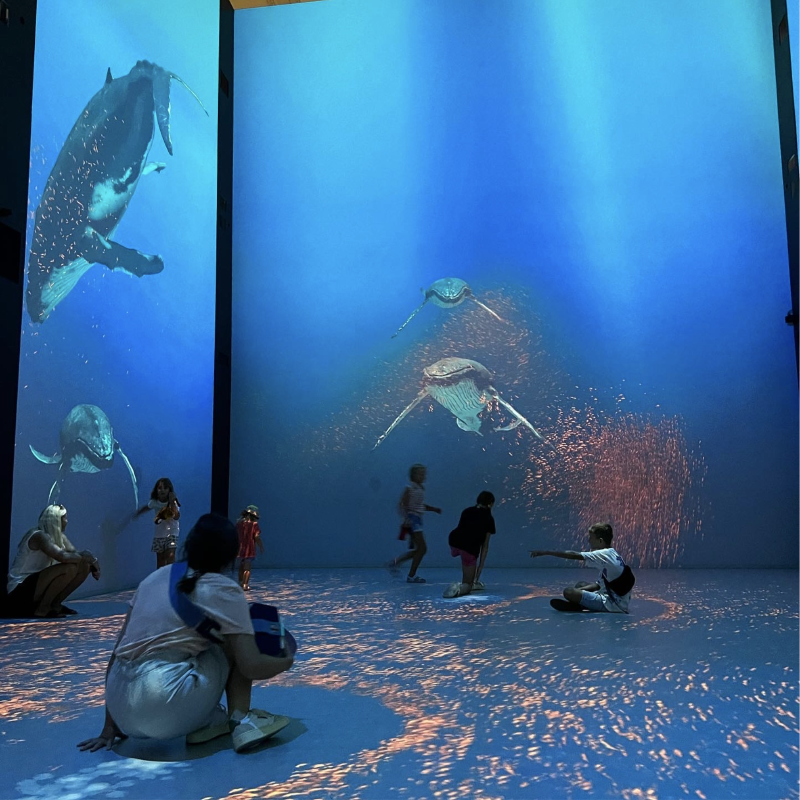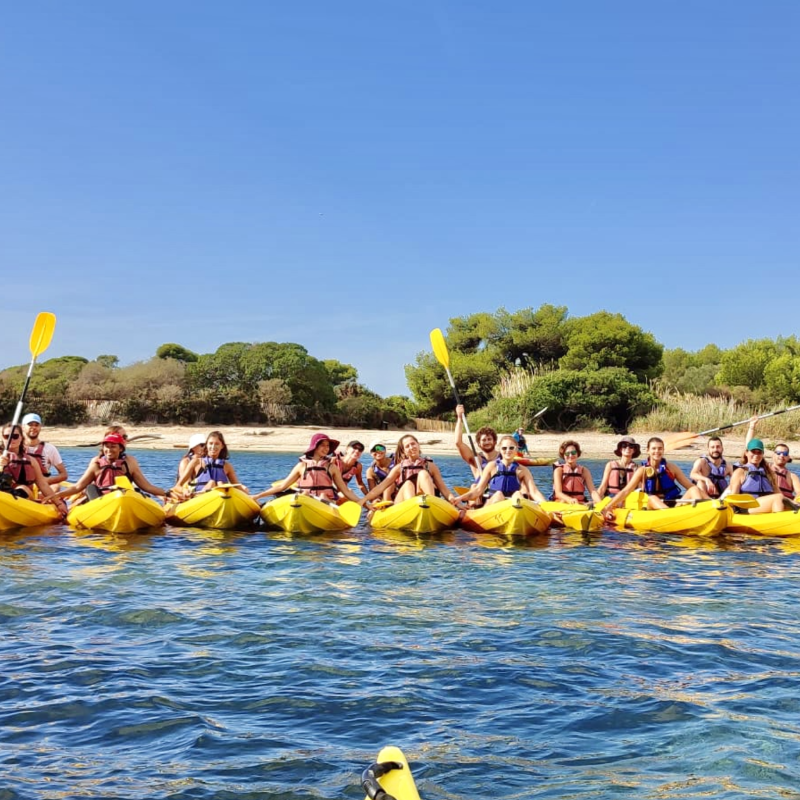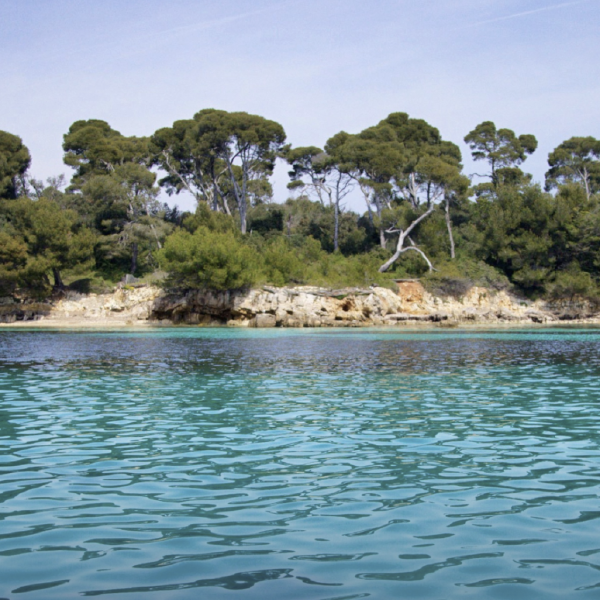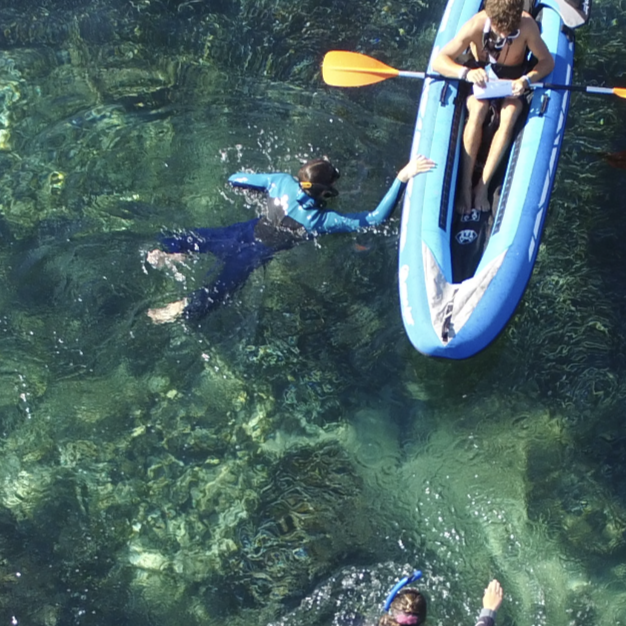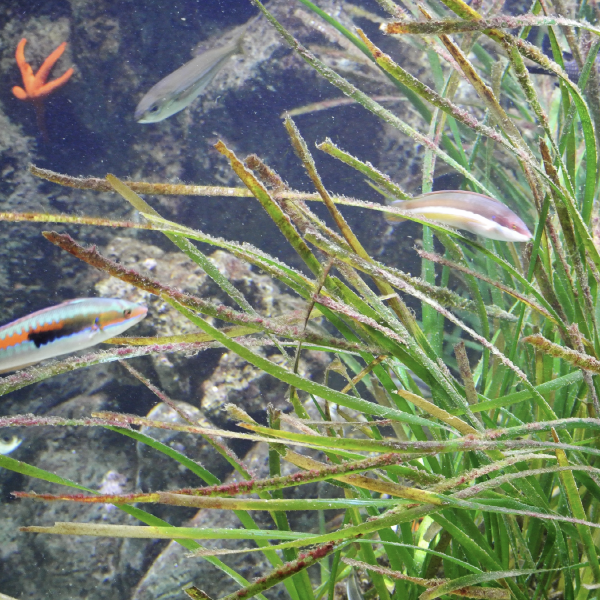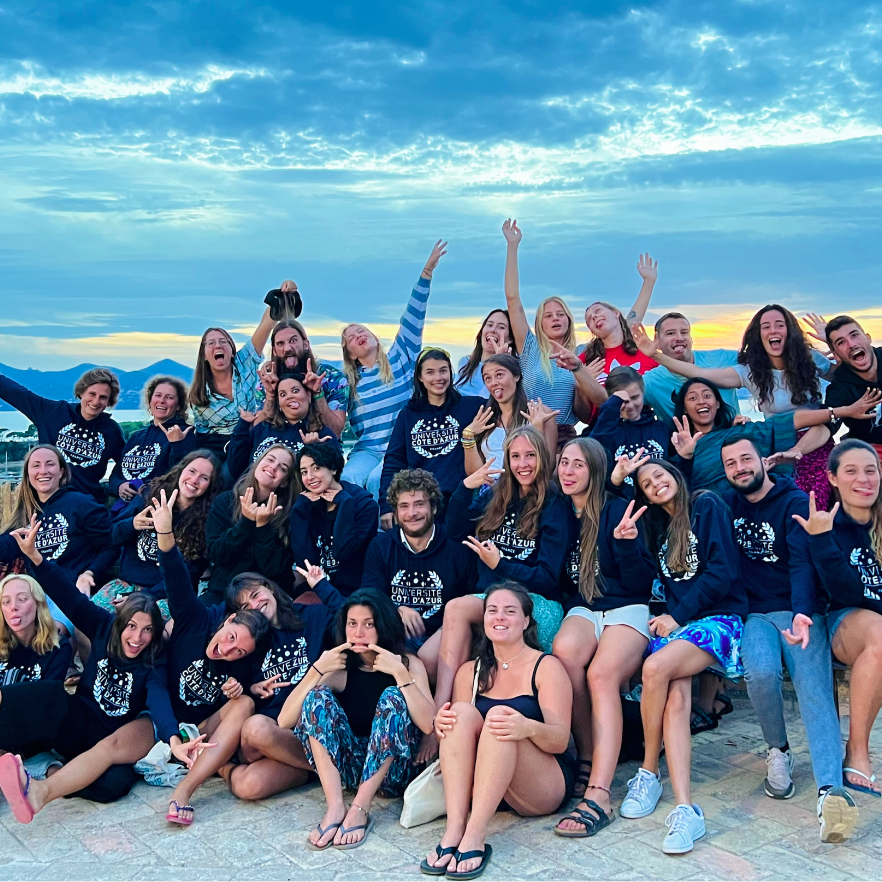
The instructors
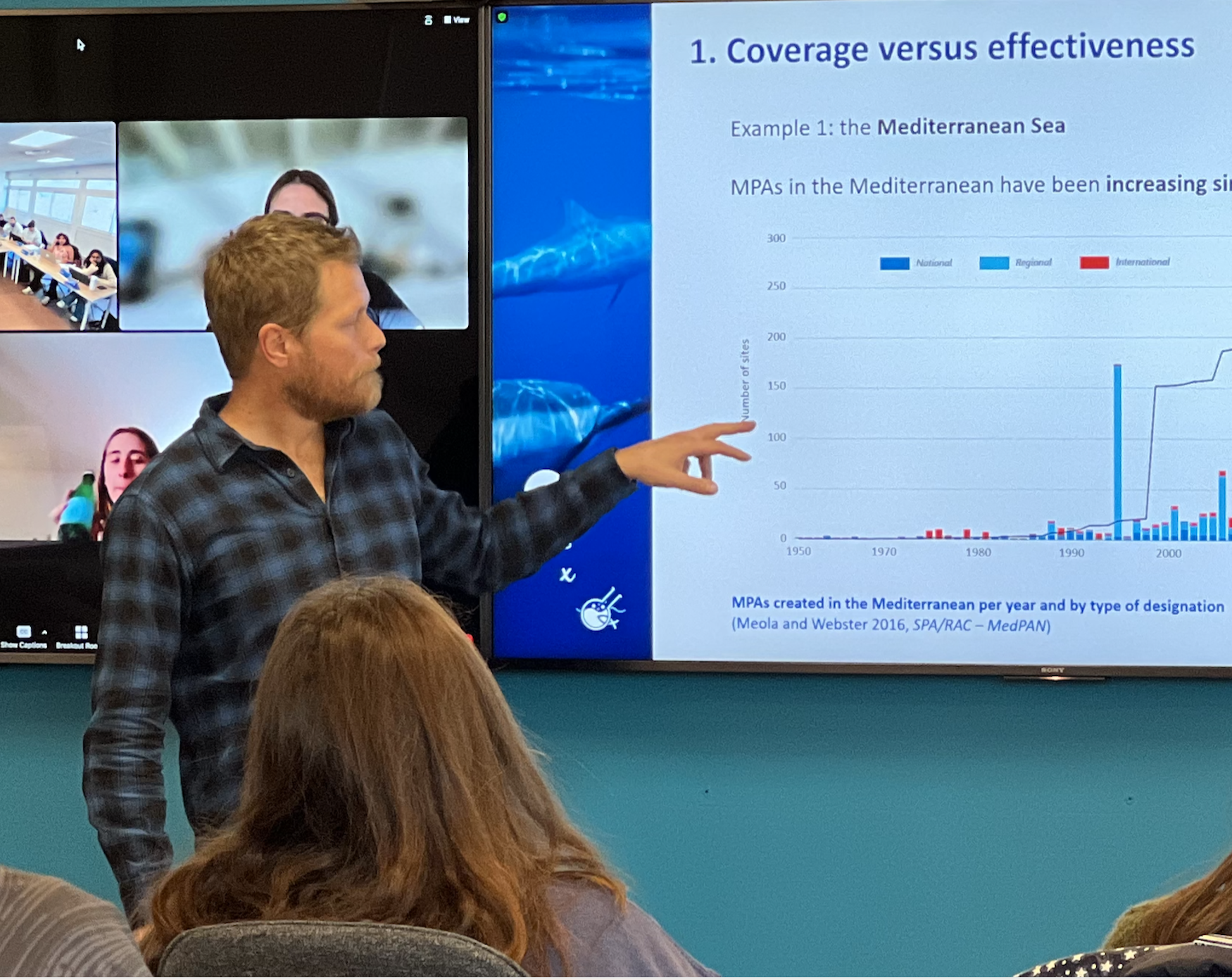
Numerous experts from the private sector complement this academic experience, particularly in the socio-economic fields of conservation, innovation and entrepreneurship.
Our hybrid teaching strategy
Our teaching modules are generally designed following a blended-learning approach articulated in learning blocks allowing students to prepare for their face-to-face interactions with instructors through prior asynchronous work.
- Learning blocks are composed of short video capsules, self-paced preparatory activities, and checkpoints for students to assess their learning progress.
- Face-to-face interactions are thus reinforced and enriched by constructive exchanges in the form of recitation, workshops and discussions.
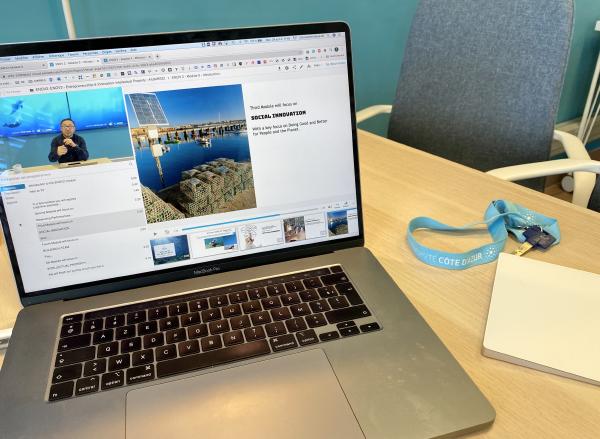
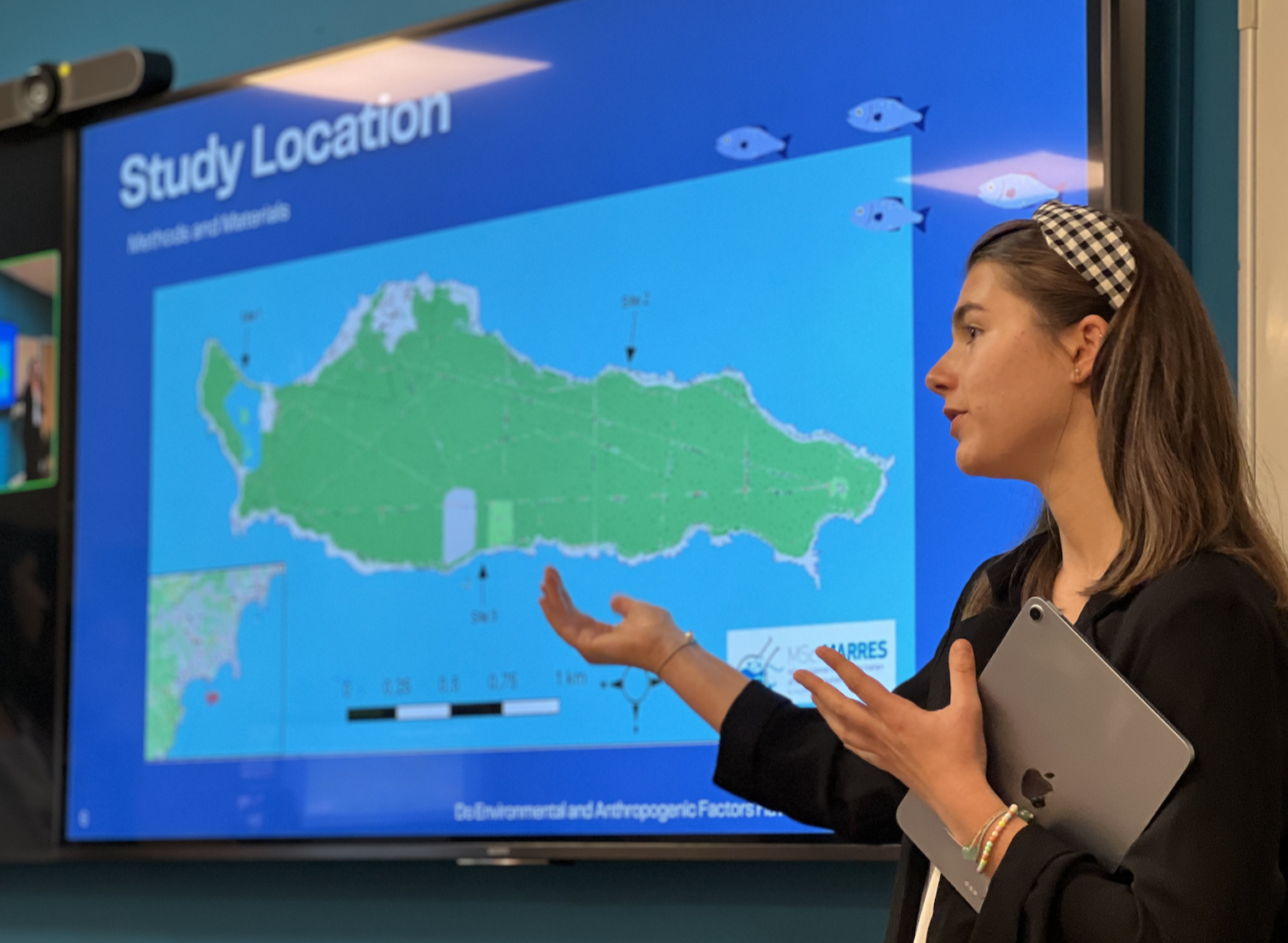
- Our Sophia Antipolis campus
-
In the track "Science & Society", teachings take place in our dedicated facilities on the SophiaTech campus of Université Côte d'Azur. Lecture and study rooms are available to students over a large range of hours. They also have access to a learning center and a university restaurant and to grocery stores, bars and restaurants within a few minutes walk.
- Lecture rooms
-
- Study & Lab rooms
-
- The Lucioles building
-
This is our main building, with our dedicated lecture and study rooms, as well as the MARRES coordination office and the MSc. International office (the coordination of all international master programs). The address is 1260 route des Lucioles (Sophia Antipolis, France). It is well deserved by public transport, notably to Nice (line Zou 630) and Antibes (line Envibus B).
- The SophiaTech campus
-
The main campus is situated a few minutes walking from the Lucioles building. It hosts the main cafeteria and the learning center.
- Sophia Antipolis
-
Sophia-Antipolis is a 2400Ha technology park situated on the protected forested hills dominating the French-riviera (20km from the Nice airport). It relies on the concept of cross-fertilisation between research, education and companies. It is home to 2,230 companies who employ 36,300 people representing 63 different nationalities, alongside 4500 researchers and 5500 students. (source : Municipality of Sophia Antipolis, 2016)
- Outside from Sophia Antipolis
-
Lab works are generally performed in Nice (Valrose campus) and field trips lead students to the Lerins archipelago (Cannes), Villefranche-sur-Mer, Monaco and sometimes hundreds of kilometers away during our special tours. Check the Science & Society track for more.
- Nice
-
- Iles de Lerins
-
- Monaco, Oceanographic Museum
-
- Other locations
-
Villefranche-sur-Mer, Plankton party
Mandelieu, Thales Alenia Space site visit
Saint-Tropez, Harbor extension Impact assessment
- Our online tools
-
Whether in the fully online Blue Managers track, or for the asynchronous parts in the Science & Society track, our interactive digital tools are used to optimize the student learning experience.
- E-learning platform
-
Like many other international universities, we have chosen Moodle as our primary e-learning platform. All our courses are fully deployed on there: all course documents, activities, video conference links, workshops, exams, grades...
All our other digital tools are aggregated on Moodle. - Video capsules
-
Whether you are a full-online student or also on-site, our video capsules are at the heart of the blended-learning approach of most MARRES modules. Lectures are usually taught via these short interactive videos, each corresponding to a key notion.
The Panopto platform allows you to navigate through these videos thanks to menus by slide, by topic, to search for key words, to adjust the size of the different windows. Instructors can choose to directly insert external content such as videos and short quizzes. - Recitations
-
The video capsules do not replace the teacher, at the opposite they allow to better prepare for face-to-face discussions. In the Science & Society track, these exchanges are done on-site as much as possible. In the Blue Manager tracks, students can be onsite or follow the face-to-face via our video conferencing tools or review the recordings after.
Instructors can choose to test knowledge acquisition on-site and online at the same time via Wooclap, a live exchange platform. It allows instructors to see which parts to review in priority, create polls, or let students ask questions during presentations...
- Learning outcomes alignment
-
Our MARRES program recently updated its structure to ensure perfect alignment of the curriculum with its expected learning outcomes, adhering to European Commission standards and incorporating student feedback. The curriculum also aligns with the United Nations' SDGs, addressing the connection between the ocean-related socio-environmental issues. Finally, the learning outcomes, their delivery, and their assessment follow Bloom's Taxonomy, ensuring a comprehensive evaluation of the skills and knowledge targeted to enhance our students' employability. The curriculum is evaluated regularly by HCERES (the French body for evaluation of research and higher education) and consistently receives the highest feedback.
Life on the Côte d'Azur
Of course, you will want to join us because of the quality of our programs and the opportunities in terms of employability. But you might as well take advantage of the working environment... Welcome on the Côte d'Azur!
Accommodations can be found on Sophia-Antipolis (public and private residences) but most of our students prefer to live in the surrounding cities such as Antibes, Biot, Valbonne or even Nice thanks to a good public transport service. Our students estimate their average monthly expenses between 800 to 1500 euros including housing, transport, food, activities and phone. More information are provided to future students after the closure of the application periods.
- Nice
-
Nice is the capital of the French Riviera, 5th largest city in France. The old town and the port are the most emblematic neighborhoods, the first with ochre colored buildings and small typical shopping streets and the second with a life oriented towards the sea and the night life. Not to forget the iconic Promenade des Anglais, its pebble beach and a bay with stunning shades of blue.
- Antibes
-
Antibes, in a way Nice's little sister and Picasso's favorite city, has a lively historical heart and one of the most important yachting ports on the French Riviera.The sandy beaches alternate with a rocky coastline cut into the Cap d'Antibes. Many of the MARRES students have chosen to live here because of the easy connection to the campus by public transportation.
- Cannes
-
Cannes assumes its bourgeois notoriety of glitter and glamour between the celebrities of the film festival and the big hotels of the Croisette (the seafront main street). However, Le Suquet (the old town) and the Fortville market have kept their Provencal character. Opposite, the Lerins islands offer an amazing natural setting.
- Monaco
-
The principality of Monaco, 30 minutes east of Nice, offers a surprising setting, a small country nestled in the middle of the French Riviera. Away from the luxury stores and super yachts, "Le Rocher" is home to the colorful old town, the Prince's castle and the Oceanographic Museum of Monaco.
- Villefranche sur mer
-
Villefranche-sur-Mer, next to Nice, is nestled in a deep bay with shimmering reflections and incredible light, among the most genuine jewels of the French Riviera. A stroll through the narrow streets of the old town, visiting the citadel and the small fishing ports are unforgettable Provencal experiences. Not to mention the oceanographic station that has been studying and monitoring the bay for generations.
- The provencal villages
-
Moving away from the coast, the typical Provencal villages, usually perched on top of towering rocks, offer a quieter setting for a more laid-back Côte d'Azur experience. Here the old towns of Eze, Valbonne and Biot.
- The mountains
-
An hour or two from Nice and Antibes, the Southern Alps offer breathtaking mountains plunging towards the sea. The Mercantour National Park offers green hikes in spring and snowy ones in winter. Winter sports resorts such as Auron or Isola 2000 are accessible by bus for a day of skiing before plunging into the Mediterranean for an aperitif. Here: Lac d'Allos, Auron and Isola 2000.
Some major events
- The Welcome Week
-
The first week of the program is dedicated to getting to know each other, creating a team spirit, discovering the Mediterranean Sea and this brand new world.
The students discover Nice and its old town on the first day in the form of a treasure hunt, then meet for the opening ceremony at the Chateau of the Valrose campus. They go to Monaco to discover the marine biodiversity of the Mediterranean while staying dry. Accompanied by members of the academic team and coordinators, they get to know each other and discover the Lerins Islands for the first time thanks to a kayak day. And of course, they discover their campus in Sophia Antipolis and sort out any last administrative details they might have. - The Lerins campaign
-
During the third week of the academic year, all students go for 4 days to the Lerins Islands, an archipelago in the bay of Cannes. The objectives are multiple.
Scientifically, it is to quantify the apparent biodiversity around the archipelago. A work done every year since 2012. Scientific hypotheses are also tested such as the impact of invasive species, the impact of hydrodynamics on benthic communities, the testing of different sampling methods or the impact of an aquaculture farm on water quality and on the ecosystem.
Pedagogically, it is a question of appropriating the scientific approach in its entirety, from the conception of the scientific question and the sampling strategy, to the data analysis and the communication of the results.
From a social point of view, it is an important element of the team spirit that is so important to the program. A moment of exchange between Y1s, Y2s, Blue Managers, teachers and staff.
More on the Lerins program. - The MARRES Symposium
-
In June, the year ends with the MARRES Symposium which brings together all the students for their project deliverables.
In Science & Society, the Y2 students defend their master thesis, the last element of their journey at MARRES and the Blue Managers present their professional project. First year students present their immersion project experience in the form of a video-pitch (their final results will be presented in December in Y2) during an informal "Pint of Science" evening. At the end of the week, a closing event is organized to once again have a good time together before the vacations.The playlist of the master thesis presentations
The playlist of the immersion project's video pitches
- The MARRES Graduation Ceremony
-
To close the MARRES adventure, the graduates are celebrated at the beginning of September, in the company of the (new) students, the teachers & staff and the alumni who always remain invited to the ceremony.
After the speech of the commencement speaker, the MARRES awards are announced, before the proclamation itself (the awarding of the diplomas). In the second part of the evening, the students present their own show to make their last memories together before departing for the adventure of the professional world.the best of the 2023 graduation ceremony
the whole 2023 graduation ceremony

















